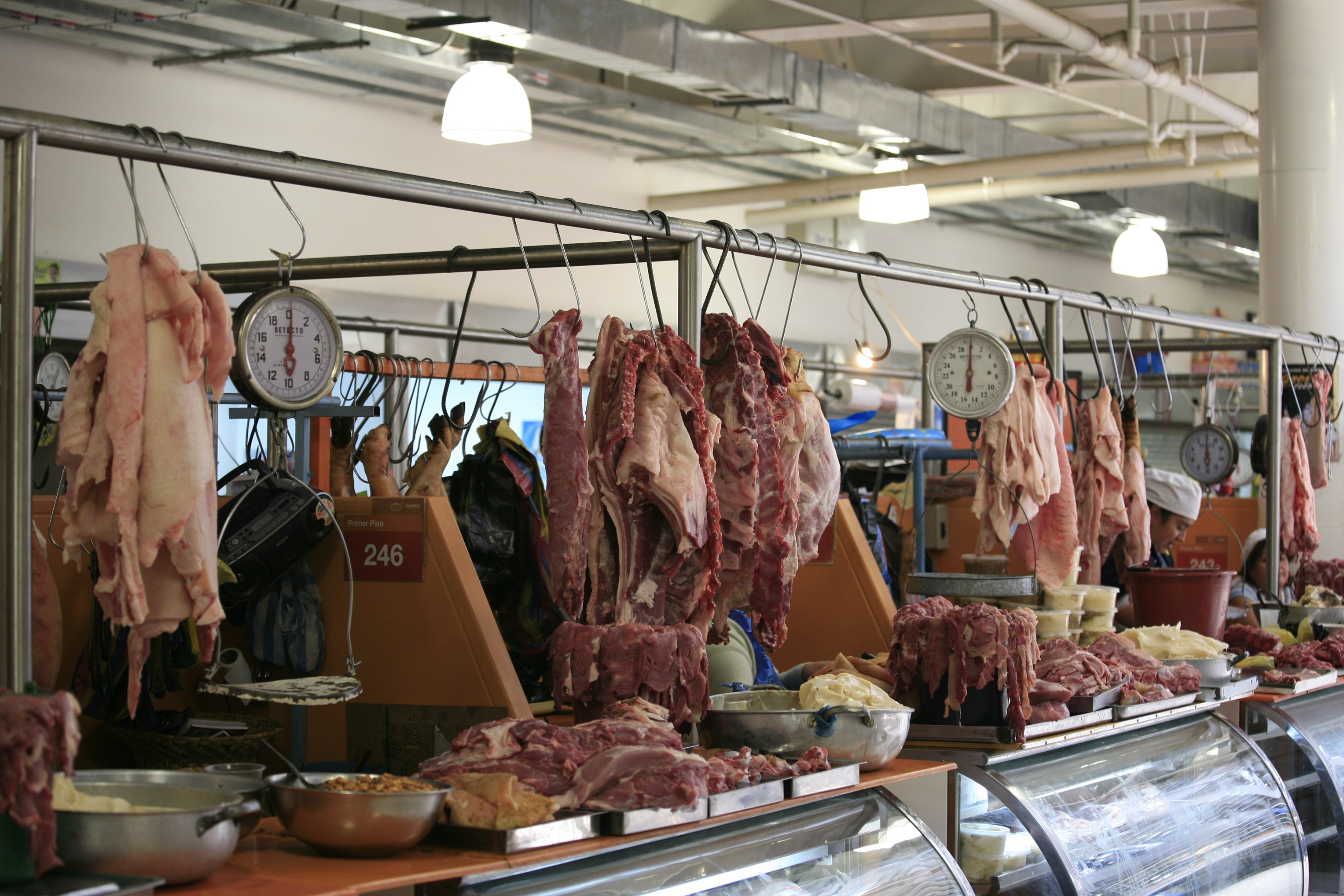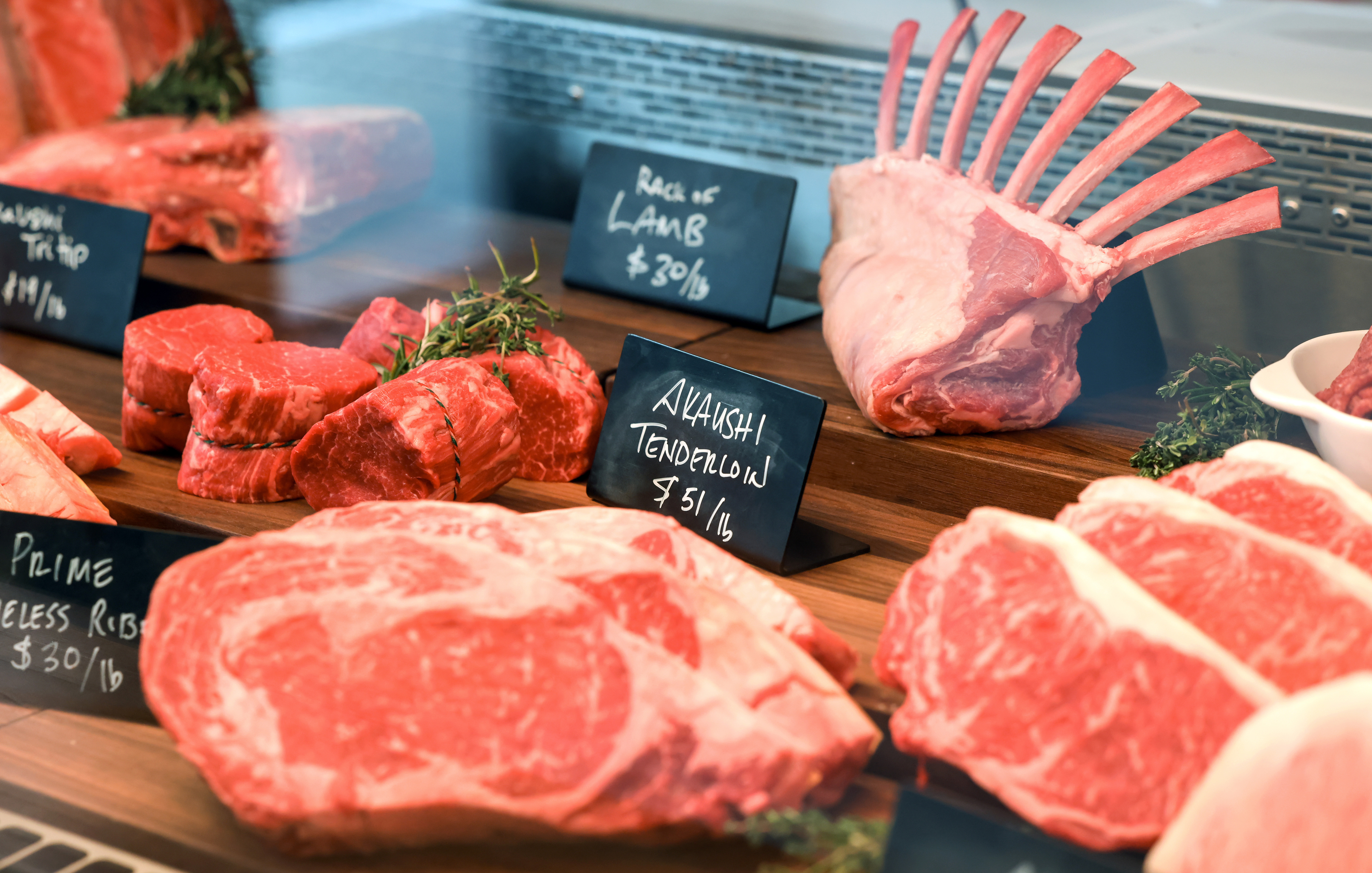Why Bagley Farms Meat Market Edwardsville IL Is the Best Choice for Top Quality Meats
Why Bagley Farms Meat Market Edwardsville IL Is the Best Choice for Top Quality Meats
Blog Article
Reveal the Art of the Butcher's Cut in a Modern Meat Market
In the ever-evolving landscape of contemporary meat markets, the butcher's cut has transcended its conventional roots, merging age-old craftsmanship with modern methods. Today's butchers are not just processors of meat; they are well-informed artisans that highlight sustainability and moral sourcing. Their competence in picking and preparing cuts tailored to specific cooking demands uses an exceptional eating experience. Yet, what absolutely establishes the modern-day butcher apart is their ability to forge a much deeper link in between customers and the beginnings of their meat. Just how do these masters balance practice with development, and what implications does this have for the future of meat intake?
Development of Butchery Methods
The development of butchery methods shows an abundant tapestry of advancement and adaptation driven by developments in modern technology, changes in customer need, and a much deeper understanding of meat science. Historically, butchery was a craft passed down through generations, with techniques sharpened over centuries to optimize yield and taste. The industrial revolution ushered in mechanization, transforming standard techniques and making it possible for massive processing.
The mid-20th century saw butchery methods additionally fine-tuned by scientific understandings into muscle biology and meat aging, enhancing both inflammation and preference. Innovations like vacuum cleaner product packaging and refrigeration expanded item shelf-life, enabling butchers to diversify offerings and enhance high quality control. This period also marked the surge of specific tools, such as band saws and meat slicers, which raised precision and performance in meat processing.

Electronic systems currently aid in monitoring pet provenance and enhancing cuts to fulfill details client choices. Furthermore, a revival in artisanal butchery has emerged, blending traditional skills with contemporary expertise to provide to consumers looking for moral and lasting meat options.
Recognizing Meat Cuts
Recognizing the complexities of meat cuts is important for both butchers and customers seeking high quality and value. Each cut comes from a various part of the animal, giving unique flavors, textures, and food preparation approaches - bagley farms meat market edwardsville il. Mastery of these differences not only enhances culinary experiences however also makes the most of the energy of each carcass. For butchers, precise cuts mirror ability and regard for the craft, ensuring marginal waste and optimal yield.

Recognizing muscle composition is crucial; muscle mass used a lot more often by the animal have a tendency to be harder and are best matched for slow-moving food preparation approaches, while less-used muscle mass, like those located in the loin, are much more tender and suitable for grilling or roasting. Experience with these differences equips consumers to make informed selections, enhancing their cooking ventures.
Selecting Quality Meat
Choosing the right meat involves greater than just selecting an aesthetically enticing piece from the display. bagley farms meat market edwardsville il. The art of selecting high quality meat requires a critical eye and expertise of details qualities that signify quality and quality. First of all, take note of the color; beef should have a bright, cherry-red tone, while lamb ought to show a soft pink tone, and pork a pale pink. This suggests the meat is fresh and hasn't been exposed to oxygen for also lengthy.
Second of all, take into consideration the marbling, which describes the white flecks of fat within the muscle mass. Continued Proper marbling is a key indication of inflammation and flavor, as it thaws during cooking, boosting the meat's juiciness. Keep in mind, greater marbling frequently correlates with exceptional high quality cuts, such as USDA Prime.
Appearance is one more important factor; meat must feel firm to the touch, not slimed or excessively soft. Additionally, bear in mind the fragrance. Fresh meat needs to have a tidy, neutral smell, devoid of any type of sour or repulsive odors.
Pairing Cuts With Food Preparation Methods

Alternatively, harder cuts like brisket and chuck roast are rich in collagen, which damages down right into gelatin when cooked slowly. These cuts are excellent for braising or sluggish roasting, permitting the meat to soften gradually and establish deep, complex tastes. Cuts such as short ribs and pork shoulder make out well with slow-cooking approaches, where extended cooking times transform their durable textures right into succulent recipes.
Lamb shanks and oxtail, which need long term food preparation to soften, are best candidates for cooking or slow-moving simmering. These methods coax out rich, passionate flavors while maintaining moisture. By recognizing the special features of each cut, chefs and home chefs alike can boost their culinary developments, making certain each recipe is both pleasing and remarkable.
The Butcher's Duty Today
Navigating the advancing landscape of the modern-day meat market, the butcher's role today extends beyond simple prep work of cuts. Contemporary butchers are culinary craftsmens, educators, and supporters for sustainable methods.
Along with crafting accurate cuts, butchers currently involve this hyperlink straight with consumers, using cooking suggestions and customizing choices to suit private demands and try here preferences. Their proficiency in meat aging, marbling, and flavor profiles encourages customers to make enlightened choices, boosting their cooking experiences. This individualized solution exemplifies the butcher's evolving role as a trusted advisor in the kitchen area.
In addition, butchers are critical in reducing waste, using entire animals to create diverse products such as sausages and supplies. This detailed technique not just appreciates the pet yet additionally aligns with contemporary sustainability goals. By doing this, the modern-day butcher embodies both practice and development, adapting to an ever-changing market while maintaining the virtuosity and integrity of their craft.
Final Thought
Mastery in comprehending diverse meat cuts and high quality indications empowers butchers to provide educated suggestions, straightening certain cuts with optimal cooking approaches. By honoring historical practices while embracing modern needs, the butcher's role stays essential in today's sophisticated meat market.
Report this page